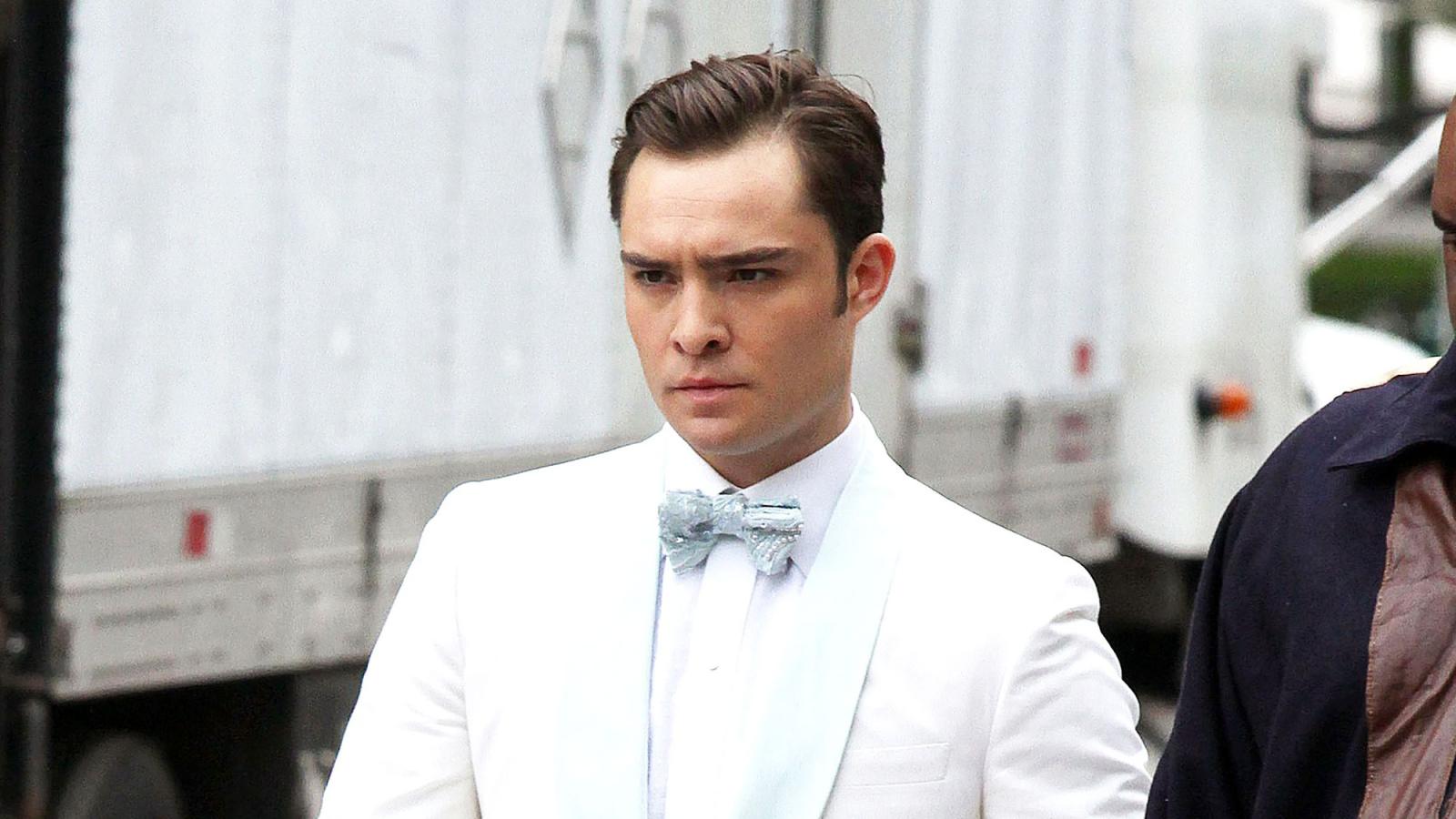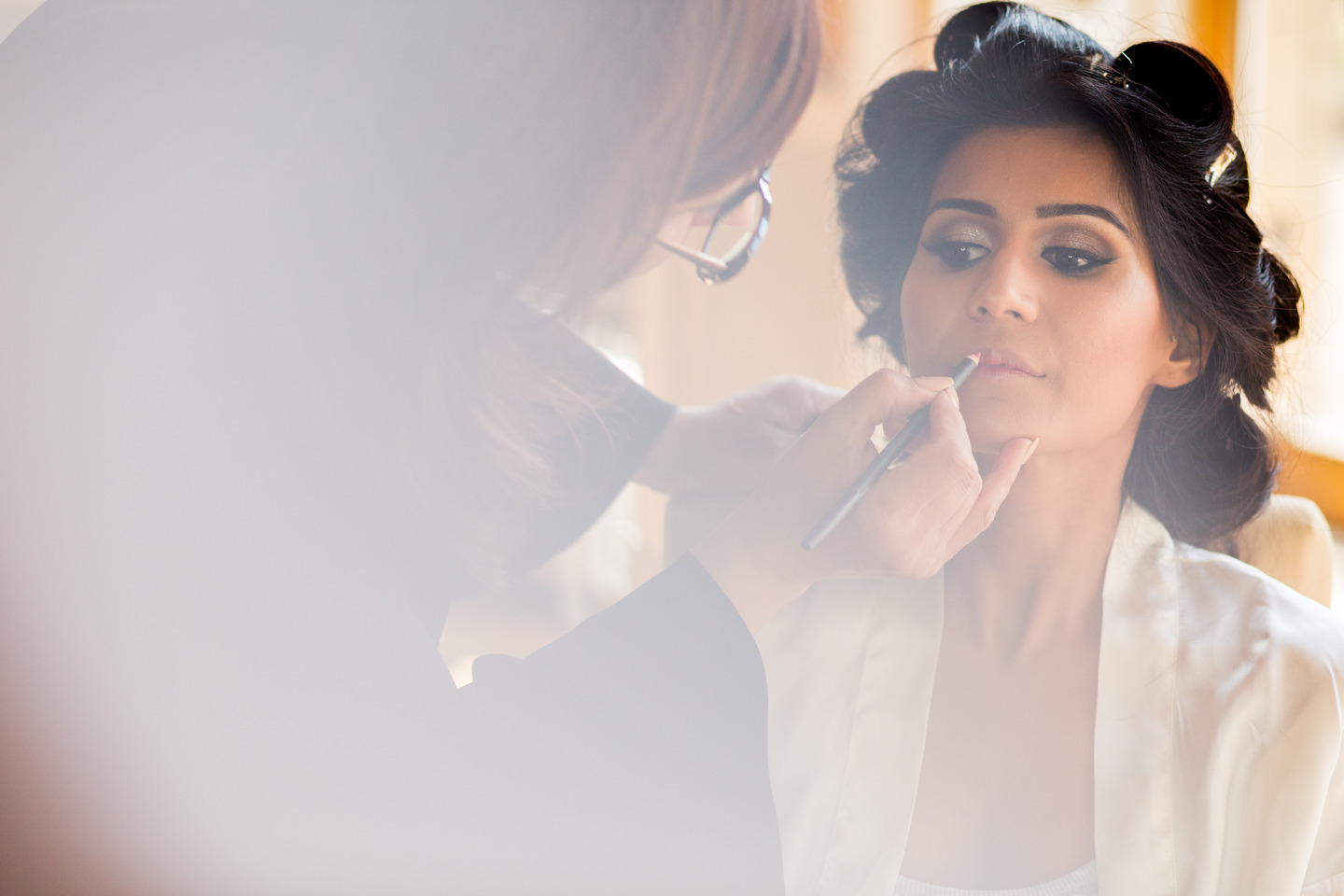It’s 2025 and the dating landscape is a labyrinth of “trends and types”. I, too, have had my phases with bad boys and nice guys, but recently, a new figure has stepped out of the shadows and captured our collective imagination. Say hello to the Black Cat Boyfriend, the latest dating archetype that’s captivating hearts and minds across social media. But what exactly is this new phenomenon and why is it so appealing? I investigate.
So, What Exactly Is the Black Cat Boyfriend / Girlfriend?
The black cat dating phenomenon is essentially the yin to the Golden Retriever Boyfriend’s yang. Remember those sunny, puppy-like partners who’d text you good morning every single day, plan elaborate surprise dates, the ones posting couple selfies, and basically, radiating main character energy in their own romantic comedy? Well, plot twist: we’re apparently over the endless enthusiasm. This year’s romantic obsession is the black cat boyfriend and girlfriend.
The black cat partner, however, operates on a completely different frequency. They’re the mysterious figure who doesn’t chase, instead they let you come to them. They’re emotionally intense but express it quietly, fiercely loyal but take time to trust, and protective in ways that don’t involve grand gestures or public declarations. Think of them as the romantic equivalent of still waters running deep. Their love language isn’t written in flower bouquets or screamed from rooftops; it’s whispered in meaningful glances, protective gestures and the way they remember the small things that matter to you. This energy exists across genders. The Black Cat Girlfriend has the same slow-build trust, the same measured approach to intimacy and the same magnetism that draws people in without trying.
The Quiet Intensity & Enticement
What makes black cat energy so compelling isn’t what they say, but it’s what they don’t say. In a world saturated with performative affection, where relationships are often measured by Instagram stories and public displays of affection, black cat energy offers something refreshingly authentic. Its appeal also lies in the chase and the reward, where it would feel like you have “earned” the trust and affection of someone who doesn’t give it easily. It taps into our inherent human drive.
Yesha Mehta, counseling psychologist and founder of The Shift Studio, sees it magnetism for “romanticizing the aloof, mysterious and emotionally guarded boyfriend. It plays on the charm of mystery of the belief that love can melt the hard shell of any man for her. It furthers the fantasy of him becoming soft just for her making her feel special. Media portrayals abound, bringing in certain tropes from classical literature and early romance novels where the troubled male leads are shown as desirable. Social media comes to uphold the trend by presenting aesthetic memes, TikToks and carefully curated couple content that only serve to make the concept look exciting, complementing and aspirational.”
The On-Screen Black Cat Partners
Television shows and films have long amplified the ideal of that mysterious, brooding love interest. Recent series have given us some compelling examples of black cat energy done right, and wrong. Conrad Fisher from The Summer I Turned Pretty has become the poster boy for this archetype, with his quiet intensity and slow-burn emotional availability. I, for one, was instantly drawn to Chuck Bass of Gossip Girl, who perfectly illustrates the dynamic that flits between couldn’t-care-less yet caring without being overtly demonstrative. Shows like Normal People have done a better job of showing how the intensity and mystery of black cat dynamics can create both profound connection and devastating miscommunication.
Hollywood has also given us characters like Loki from the Marvel universe or Kylo Ren from Star Wars (despite their villain status) have shown how audiences are drawn to complex, emotionally intense characters who reveal vulnerability only to those they trust. Another personal favourite was Edward Cullen in the Twilight franchise. Although problematic in many ways, he demonstrated the magnetic pull of mysterious, protective energy.
In Bollywood, Ranbir Kapoor’s character Jordan in Rockstar embodies the artistic, tortured black cat, who is passionate and complex but ultimately damaged by his inability to communicate effectively. Similarly, Vikram Singh Rathore in Khoobsurat shows the more positive side of black cat energy: composed, thoughtful and emotionally mature beneath a reserved exterior. Vicky Kaushal as Iqbal Syed in Raazi is another pro black cat example, with a strong moral compass, being protective and passionate without being controlling.
There’s also been some great black cat girlfriend examples on screen. There was Tabu as Ghazala in Haider, who was emotionally layered and commanded attention. Rani Mukerji as Maya in Kabhi Alvida Naa Kehna showcased a persona who was selective with affection and valued meaningful connection over social approval.
When Mystery Becomes Toxicity
While genuine black cat energy can be obviously appealing, it becomes dangerous when it gives people a free pass to idealise avoidant attachment styles, limit communication or mistake toxic behaviour for romantic depth. Yesha is on the same page. “Black cat energy may seem harmless, but it has the potential to normalise unhealthy relationship patterns. It risks glorifying emotional unavailability and avoidant behavior as a dating characteristic rather than something to be worked on. The dynamic can also produce an uneven emotional labour, where the one partner is tasked with ‘fixing’ or ‘softening’ the other. This has the potential to cause burnout, perpetuate tolerance for bad behaviour, and cover over incompatibility in the guise of ‘opposites attract’. It may even excuse warning signs by enveloping them in a lovable story at times. It pushes the idea that it is okay to enter relationships with the expectation of change from the partner,” explains Yesha.
It can also reinstate toxic heteronormative and gendered relationship role stereotypes. “The trend can position men as brooding protectors who only show emotions in secret and women as patient and loving caregivers. It also excludes queer relationships and non-traditional gender expressions. Basically, it replays the ancient narrative that ‘beauty tames the beast’ and takes away the responsibility from the man to equally partake in the emotional openness needed in a relationship.”
The healthiest relationship approach, whether you identify as a black cat, a golden retriever or something else entirely, should be to build relationships based on mutual respect, healthy communication and genuine emotional intimacy.













